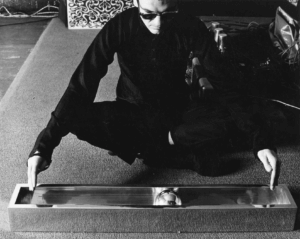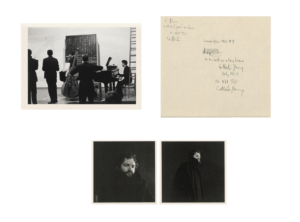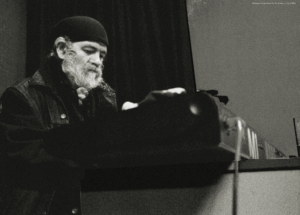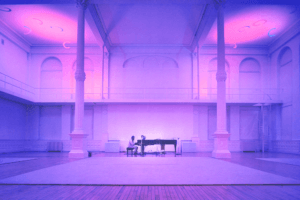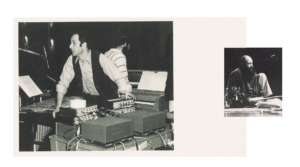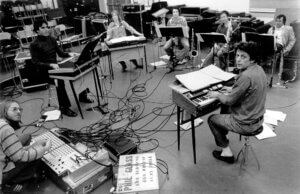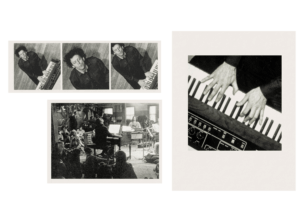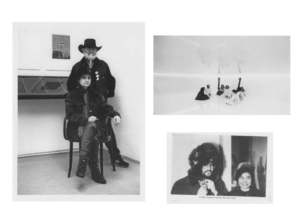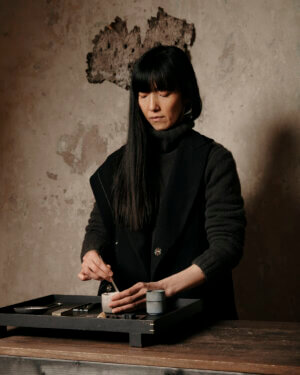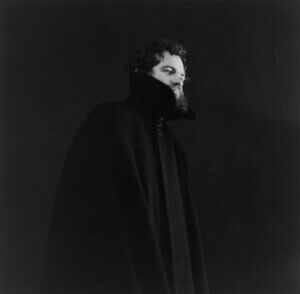What to make of these statements? Are they instructions for a happy life? Creative prompts? Zen-pastiche? However we might interpret them, we wouldn’t in all likelihood describe them as “music”. And yet, these brief sentences are compositions belonging to one of the most discussed musical works of the post-war period: Compositions 1960 by La Monte Young.
Young was one of a handful of composers in 1960s New York who radically stripped his work of traditional orchestration, ornament and narrative progression, reducing music to its most basic elements. Along with Philip Glass, Terry Riley, and Steve Reich, he was a leading representative of the “New York Hypnotic School,” a loose group of artists that emphasized sustained notes, repetition, non-traditional tunings, and new technologies, contributing to a pared-down musical style which had an “hypnotic” effect on listeners: minimalism.
The roots of Young’s minimalism stretch back to the earliest days of his life. As a child, he was captivated by two things: the radiance of ordinary sounds and the mystery of place. In his rural Idaho home, electricity hummed through the wires over the fields, crickets chirped, and even when everything fell quiet, the wind whistled through the cracks in his family’s log cabin – an invisible force carrying sound everywhere.
